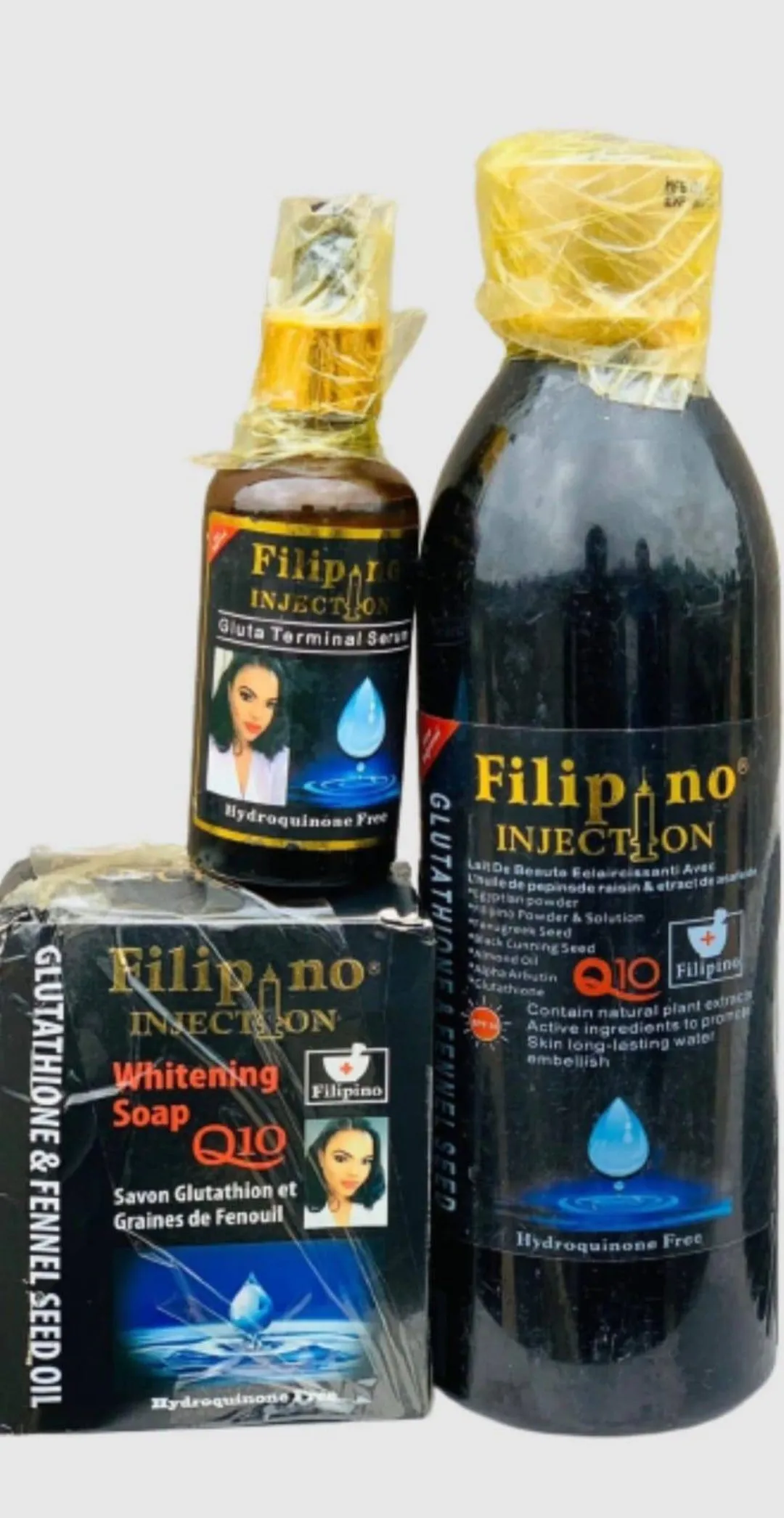Best Filipino Skin Whitening Techniques
The quest for brighter, more even-toned skin is a common desire across cultures, and Filipinos are no exception. With a rich history and diverse heritage, Filipino beauty standards have evolved, with skin whitening playing a significant role. This article delves into the best and most effective skin whitening techniques specifically tailored for Filipinos. We’ll explore natural remedies, proven methods, and essential precautions to help you achieve your skin goals safely and effectively. Remember, it’s about enhancing your natural beauty and embracing healthy skin.
The Filipino Skin Tone
Understanding the Filipino skin tone is the first step towards effective skin whitening. The skin tones of Filipinos vary widely, ranging from fair to deep brown. This diversity is a result of the country’s history, geography, and cultural influences. The typical Filipino skin tone often contains a mix of undertones, making it unique. This diversity requires a nuanced approach to skin whitening, focusing on techniques that cater to different skin types and needs.
Understanding Melanin and Skin Pigmentation

Melanin, the pigment responsible for skin color, is produced by melanocytes. The amount and type of melanin produced determine the skin tone. Skin whitening aims to reduce melanin production or promote its even distribution. Factors like sun exposure, genetics, and hormones influence melanin production. Understanding the science behind melanin is crucial for selecting the right skin whitening techniques and managing expectations.
Factors Affecting Skin Tone in Filipinos
Several factors can influence the skin tone of Filipinos. Sun exposure is a primary factor, as prolonged exposure can lead to increased melanin production. Genetics also play a significant role, with family history impacting skin color. Hormonal changes, such as those during pregnancy, can also affect pigmentation. Additionally, lifestyle choices, diet, and the use of skincare products contribute to skin tone variations. Recognizing these factors is key to a holistic approach to skin whitening.
Top 5 Filipino Skin Whitening Techniques
Technique 1 Rice Water

Rice water has been a beauty secret for centuries in various Asian cultures, including the Philippines. It’s rich in antioxidants and vitamins that can help brighten the skin and reduce hyperpigmentation. Rice water is a gentle, natural option, making it suitable for various skin types.
How Rice Water Works
Rice water contains inositol, a compound believed to improve skin elasticity and reduce the appearance of wrinkles. It also contains antioxidants that protect the skin from environmental damage and can help to even out skin tone. The nutrients in rice water contribute to a brighter, smoother complexion.
How to Use Rice Water for Whitening
To use rice water, soak uncooked rice in water for about 30 minutes, then strain. You can use the milky water as a facial wash, toner, or mask. For a mask, apply the rice water to your face, let it dry, and rinse. Regular use of rice water can lead to a brighter and more even skin tone. Always do a patch test before applying it to your entire face to check for any allergic reactions.
Technique 2 Calamansi Juice
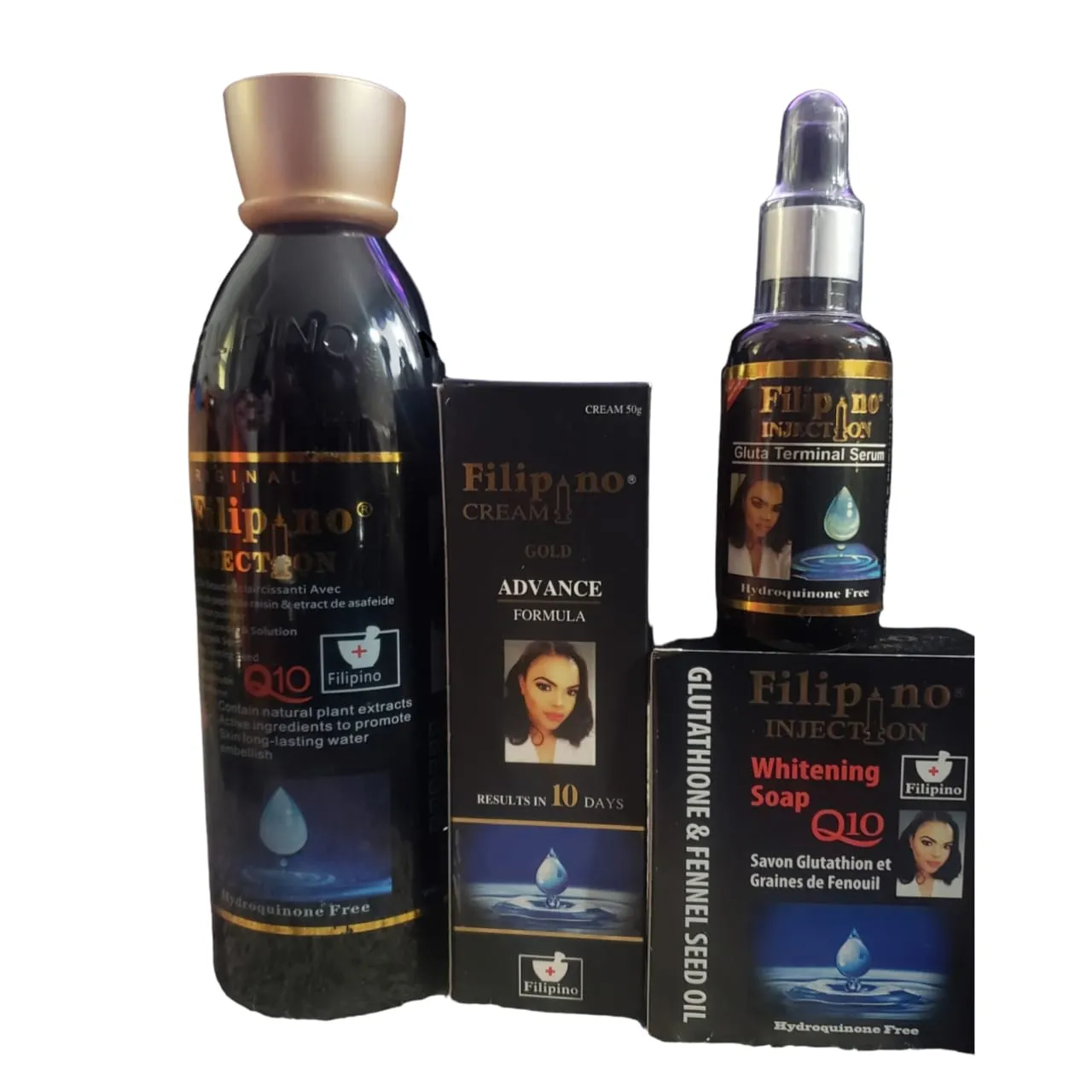
Calamansi, a small citrus fruit native to the Philippines, is a powerhouse for skin whitening. Its high vitamin C content helps brighten skin and reduce dark spots. Calamansi juice is a popular and accessible option in the Philippines.
Benefits of Calamansi for Skin
Vitamin C in calamansi is an antioxidant that protects skin from damage and inhibits melanin production. It also helps to exfoliate the skin, removing dead cells and revealing a brighter complexion. The acidity of calamansi can also help in lightening scars and blemishes, leading to an overall improvement in skin tone.
How to Apply Calamansi Juice
Apply fresh calamansi juice directly to the skin or mix it with water to reduce its acidity. Apply it to the face using a cotton ball, avoiding the eye area. Leave it on for about 15-20 minutes before rinsing with water. Due to its acidity, it’s crucial to perform a patch test and use it in moderation to prevent irritation. Sunscreen is vital after using calamansi.
Technique 3 Papaya
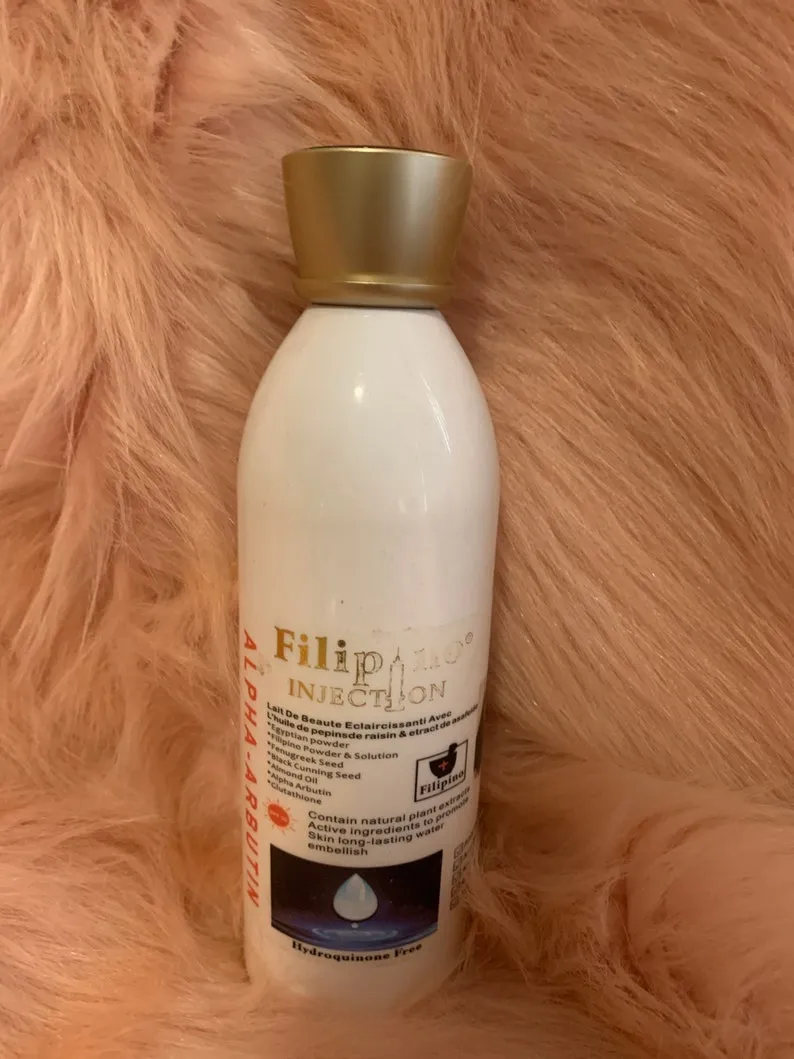
Papaya is a tropical fruit rich in enzymes that exfoliate and brighten the skin. It’s a gentle yet effective ingredient in skin whitening treatments. Papaya is widely available in the Philippines, making it a convenient option.
Papaya’s Role in Skin Whitening
Papaya contains papain, an enzyme that helps remove dead skin cells, revealing brighter skin underneath. It also has antioxidants that can protect the skin from damage. Regular use of papaya can help reduce dark spots and promote an even skin tone, leaving the skin looking fresh and radiant.
Papaya Mask Recipe
Mash ripe papaya and apply it to the face as a mask. You can mix it with honey or yogurt for added benefits. Leave it on for about 15-20 minutes before rinsing with water. This mask can be used once or twice a week for effective skin whitening results. Ensure the papaya is ripe for the best results, as it contains the highest levels of papain at this stage.
Technique 4 Coconut Oil
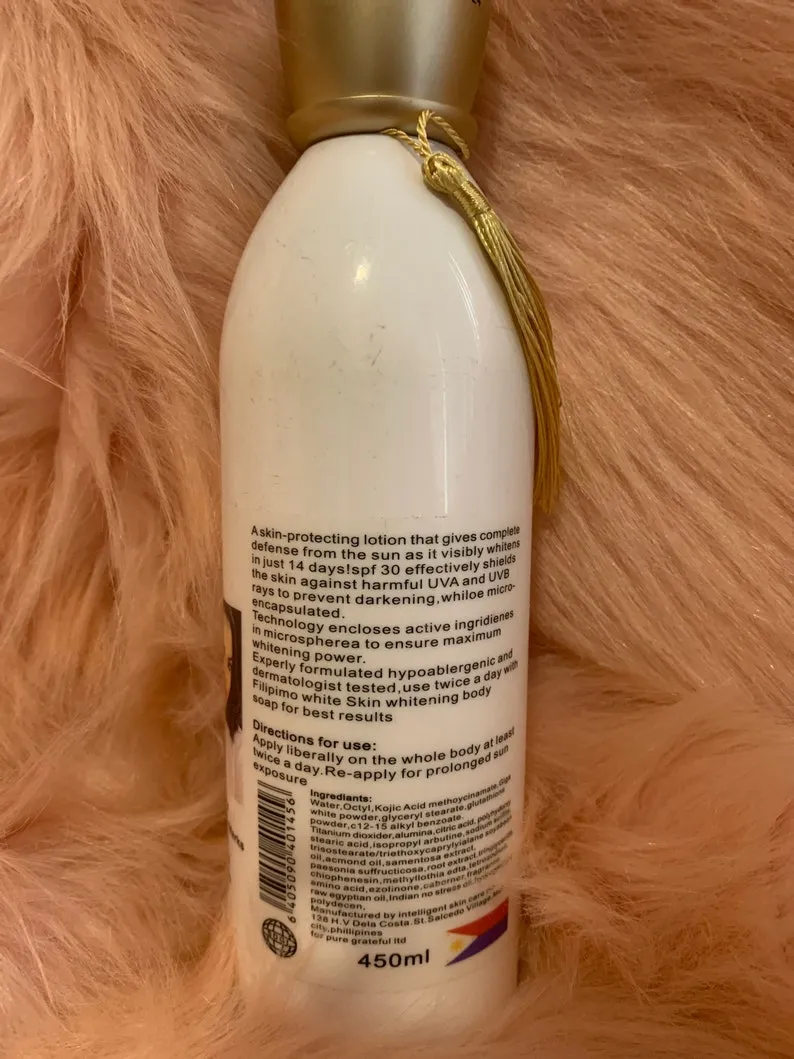
Coconut oil is a staple in Filipino households. It is well-known for its moisturizing properties, and some believe it can also contribute to skin whitening. Coconut oil is a versatile and accessible ingredient that offers multiple skin benefits.
Coconut Oil’s Moisturizing and Whitening Properties
Coconut oil is an excellent moisturizer, keeping the skin hydrated and healthy. Healthy, well-hydrated skin appears brighter and more radiant. While coconut oil doesn’t directly whiten skin, its moisturizing properties contribute to overall skin health. It can also help reduce the appearance of scars and blemishes, leading to a more even skin tone.
How to Use Coconut Oil
Apply coconut oil to your skin after showering to lock in moisture. Use it as a makeup remover, or incorporate it into a DIY skincare routine. For optimal results, use virgin coconut oil, which retains more of its natural benefits. Regular use can help improve the skin’s overall health and appearance.
Technique 5 Exfoliation
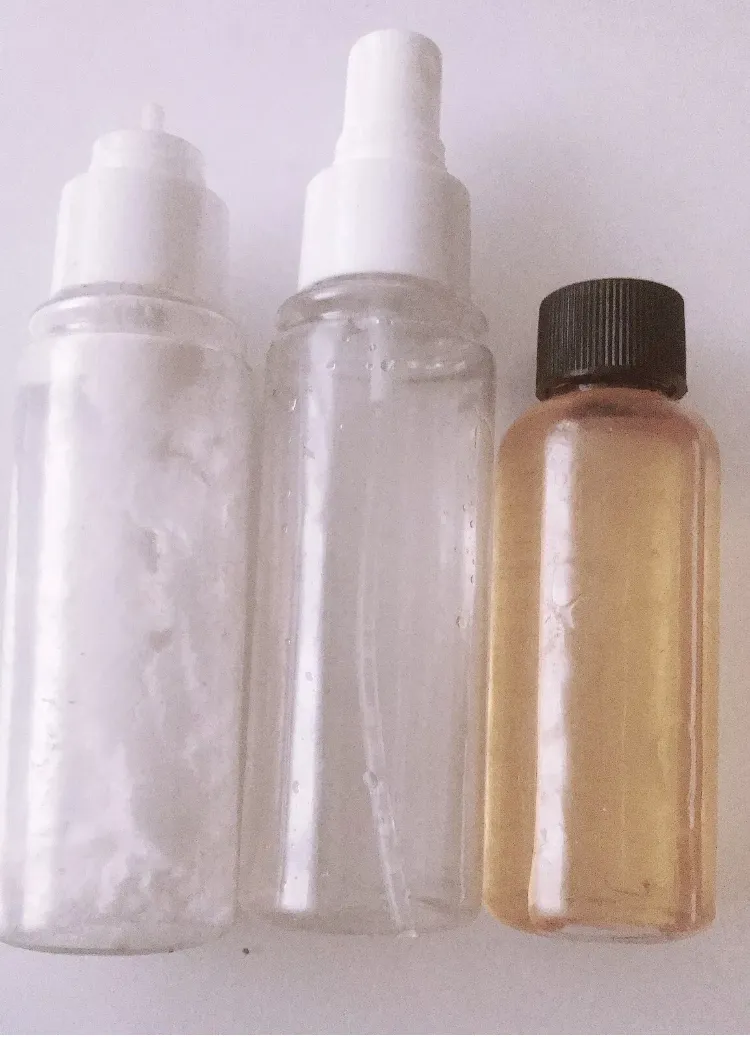
Exfoliation is a crucial step in any skin whitening routine. Removing dead skin cells reveals brighter skin and allows other treatments to penetrate more effectively. Exfoliation can be achieved using various methods, from scrubs to chemical peels.
Benefits of Exfoliation for Skin Whitening
Exfoliation removes dead skin cells that can make the skin appear dull. It stimulates cell turnover, leading to a brighter complexion. Exfoliation also helps to reduce the appearance of dark spots and uneven skin tone. By removing the top layer of dead cells, it allows whitening agents to penetrate more effectively, enhancing their impact.
Exfoliation Methods
There are several methods of exfoliation. Physical exfoliation involves using scrubs or exfoliating tools. Chemical exfoliation uses acids like AHAs and BHAs to dissolve dead skin cells. Choose a method that suits your skin type and sensitivity. Start with gentle exfoliation and increase the frequency or intensity gradually. Always follow with a moisturizer and sunscreen.
Precautions and Considerations
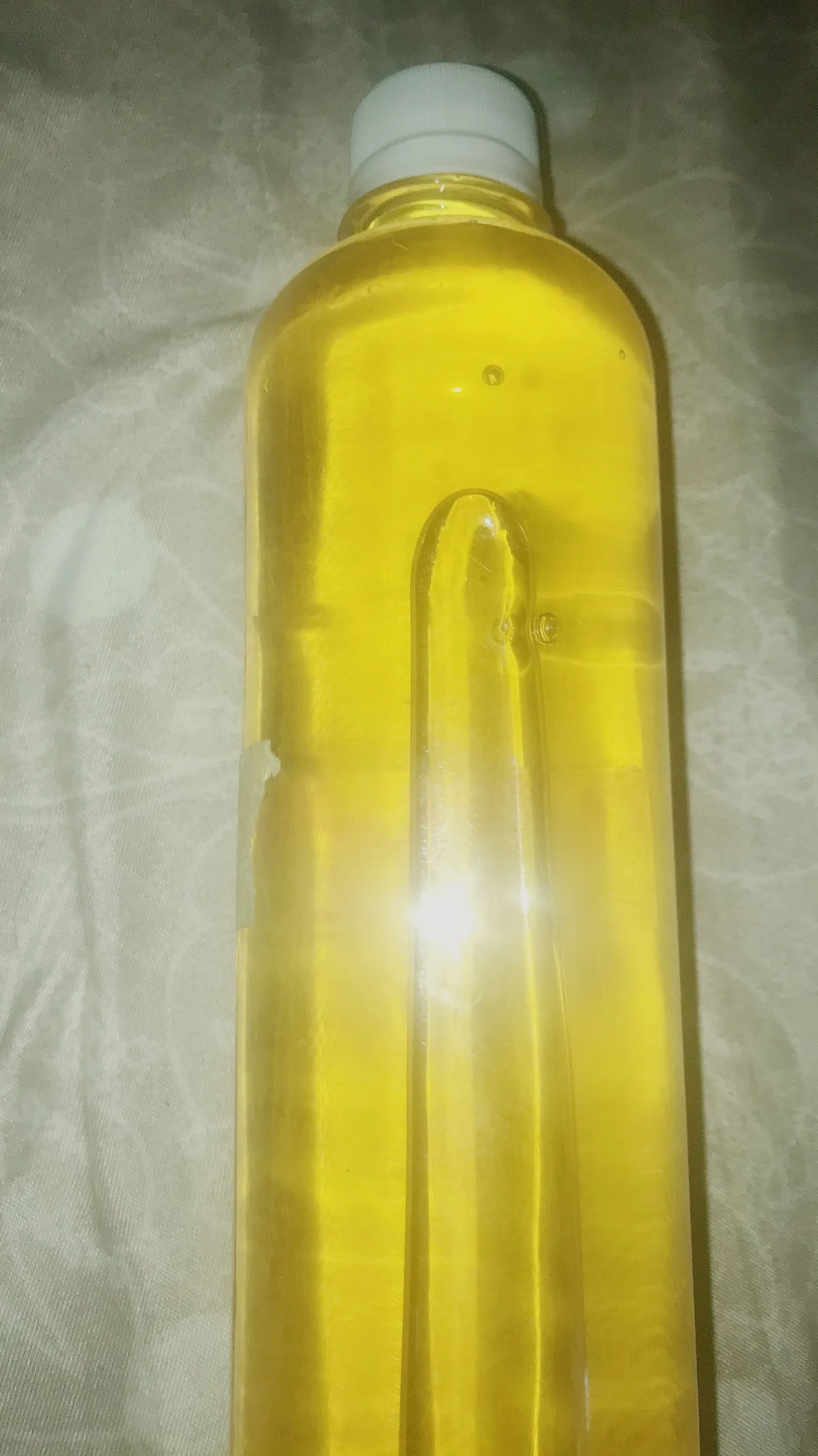
While these techniques can be effective, it’s essential to use them with caution. Always prioritize skin health and safety. Always do a patch test before applying any new treatment to your entire face. Overuse can lead to irritation and damage.
Consulting a Dermatologist
Before starting any skin whitening regimen, consult a dermatologist. A dermatologist can assess your skin type, identify any underlying issues, and recommend treatments tailored to your specific needs. Professional guidance is crucial for ensuring safe and effective results. They can also advise on the appropriate concentration of active ingredients and frequency of application to prevent any adverse reactions.
Sun Protection is a Must
Sun protection is critical in any skin whitening routine. Sun exposure can counteract the effects of whitening treatments and cause further damage. Use a broad-spectrum sunscreen with an SPF of 30 or higher daily. Reapply sunscreen every two hours, especially when outdoors. Protecting your skin from the sun is crucial for maintaining results and preventing further hyperpigmentation.
Realistic Expectations
Skin whitening is a process, and results take time. Set realistic expectations and be patient. The goal is not to drastically change your skin tone but to achieve a brighter, more even complexion and healthy skin. Be consistent with your chosen techniques and prioritize overall skin health. Celebrate the small improvements and enjoy the journey towards achieving your desired results. Remember, healthy skin is beautiful skin!
